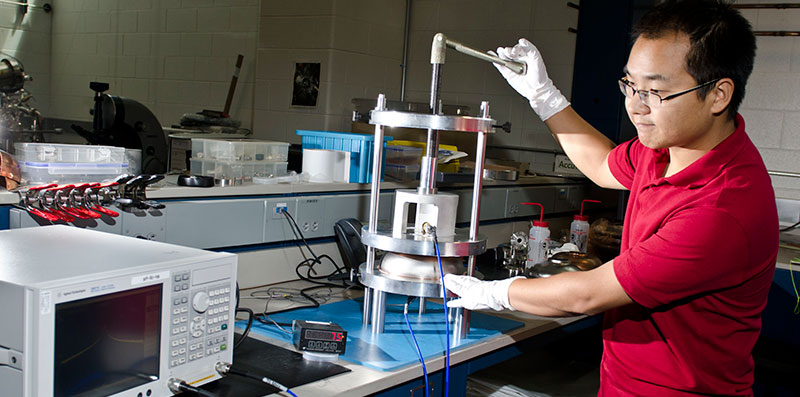- Increase awareness of diversity and inclusion to support leadership in maximizing contributions of all
- Improve understanding of how diversity and inclusion affect mission accomplishment
- Remove potential roadblocks to diversity and inclusion in hiring, promotion, physical environment, professional development
Our program was conceived by a diverse group of people who are committed to an inclusive work environment where differing perspectives, opinions and contributions are valued. All levels of the organization realize that for JLab to remain a leading scientific organization, diversity must be a core element for success.
A Different Kind of Diversity Program
Our program applies to all employment practices, including recruitment, selection, promotion, transfer, merit increase, salary, training and development, demotion and separation.
Some Diversity Programs are completely compliance-driven and seek only to evaluate for underrepresented groups such as women and minorities. Others are strong on marketing; with eye-catching web pages, high level committees, and numerous affinity groups and events. However, not all of these show a clear connection to accomplishing its organization's mission. The best focus on using the Diversity Program is to enhance mission accomplishment. If this results in a more diverse workforce than before, all the better. That is the kind of program we want at Jefferson Lab.
One of the first things a Diversity and Inclusion Program should do is define what diversity means to that organization.
According to the dictionary, the noun itself can mean:
"a point or respect in which things differ;"
"variety or multiformity;"
"the state or quality of being different or varied; a point of difference;"
"the relation that holds between two entities when and only when they are not identical;"
"noticeable heterogeneity."
But people are diverse in many ways. Differences that really matter to an organization like JLab are those that may affect scientific communication/collaboration (e.g. gender, ethnic background, country of origin, taboos, language skill, generation, and type of job/profession, etc). Our mission-focused approach challenges two commonly-held assumptions:
JLab is already a diverse place to work
- As a National Lab with unique capabilities, JLab attracts employees and a user community from around the world who are diverse in gender, ethnicity, race, national origin, age culture, and many other ways. JLab benefits from this rich blend of backgrounds and perspectives.
People at JLab are not biased
- JLab promotes and strives for a bias free culture. However, studies show that an unconscious bias linked to brain function exists in all humans and is likely as common here as it is in the wider population. At JLab, we educate our workforce to increase awareness in order to collectively manage our implicit biases.
The goals of our Diversity and Inclusion Program are:
- To maintain and encourage a workforce composed of qualified people who proportionally represent diverse professional populations.
- To create and maintain a professional, ethical, tolerant and respectful work environment in which everyone contributes to the Lab's mission according to his or her talents.
Therefore, the JLab Diversity and Inclusion Program has the following objectives:
- Increase awareness of diversity and inclusion to support leadership in maximizing contributions of all
- Improve understanding of how diversity and inclusion affect mission accomplishment
- Remove potential roadblocks to diversity and inclusion in hiring, promotion, physical environment, professional development
Our program was conceived by a diverse group of people who are committed to an inclusive work environment where differing perspectives, opinions and contributions are valued. All levels of the organization realize that for JLab to remain a leading scientific organization, diversity must be a core element for success.


